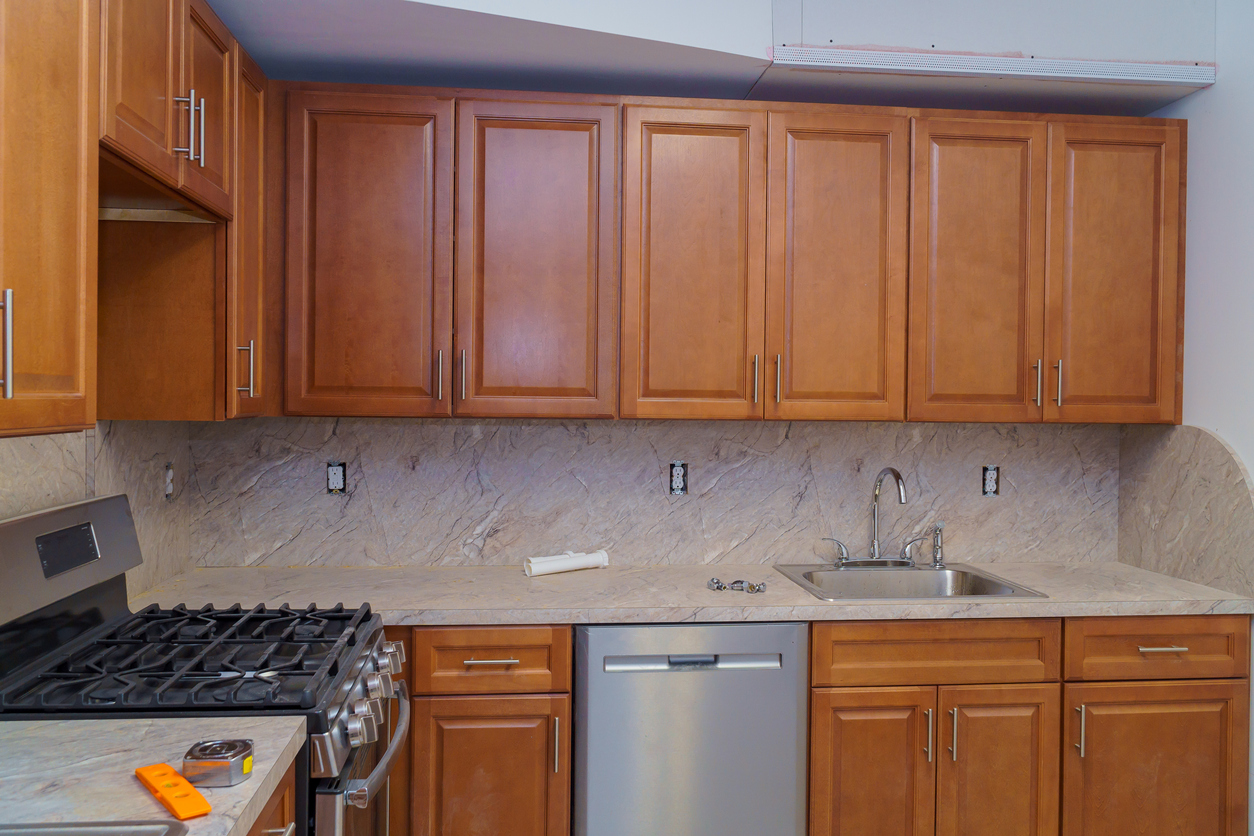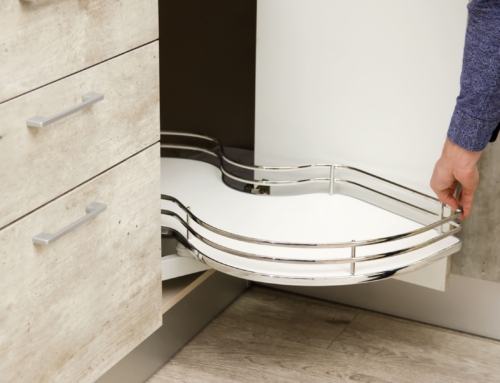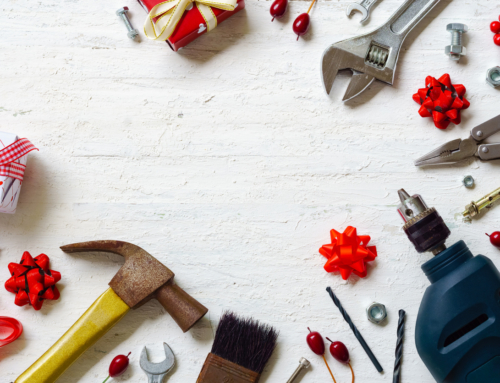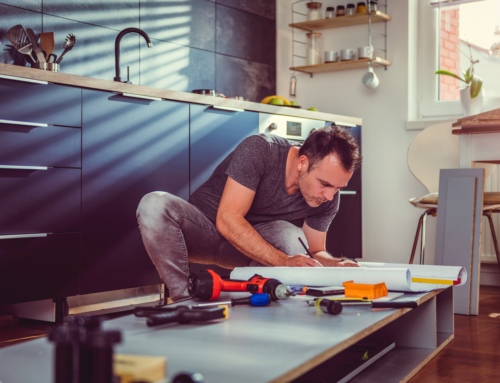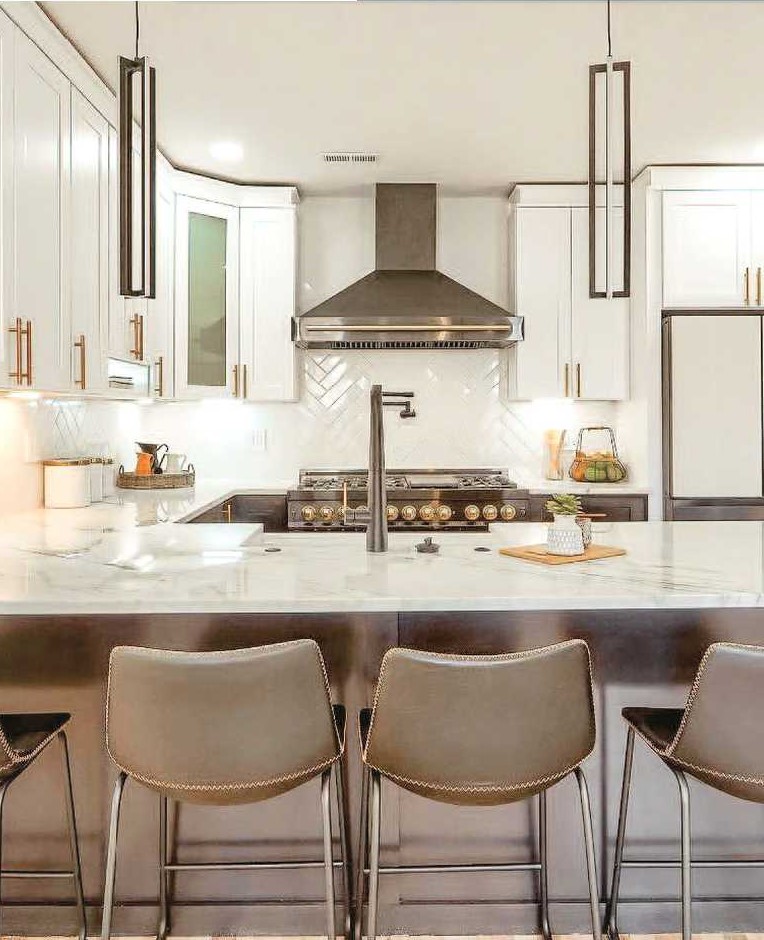Whether you’ve moved into new digs or are looking to update your space, living in a comfortable home or apartment that looks great and makes you feel happy is a must. Redecorating and renovating can be an overwhelming and time-consuming project, especially if you are new to interior design. But the rewards can be well worth the effort—like living in a beautiful home that’s a joy to be in—and an increase in home value is the icing on the cake.
Updating your home or apartment is unique to your individual tastes, space, and budget. Gaining an understanding of the basic elements of design is key to good interior design, and learning how to apply the elements to your home will enable you to create the space of your dreams. Apply these seven basic elements of design while working on your next DIY project to get the classy, personalized home you’ve always wanted.
1. Space
Interior design is, inherently, the design of space. Space is your blank canvas, the foundation for your design and personal and functional expression. There are two types of space to keep in mind: positive and negative. Empty space is negative, and you create positive space when you fill a room with furniture, cabinetry, pictures, etc. As you design and fill your space, you should make it a goal to achieve a balance between positive and negative space—too much positive space and the room will look cluttered; too much negative, and it will feel empty and unfinished.
2. Line
The second element of design, lines forms the basis of all forms and objects. Three types of lines are used in interior design including horizontal, vertical, and dynamic (curved and zigzag). Lines are created with decorative and functional objects such as lamps, pillows, vases, couches, tables, rugs, and wall hangings, as well as by structural elements such as columns, beams, stairs, windows, and doors. In your decorating, use lines to make space look bigger, or to draw attention to focal points. Longer vertical lines make walls look taller, horizontal lines make them appear longer, and dynamic lines emphasize action and movement.
3. Form
The form is about working with the shapes of the objects you place in space. Form can be created by combining shapes and accentuated by using color, pattern, and texture in interior design projects. Forms can be geometric, man-made, natural, or organic; they can also be open or closed. Pay attention to shape and form as you choose decor. Too many rectangular forms can feel stiff and serious, while circular forms feel light.
4. Light
Light is arguably the most important of the elements of design. It illuminates lines, spaces, and shapes, highlights the textures in interior design, and makes our homes usable and comfortable. Make use of both natural and artificial light, including several sources in each room. And don’t forget to make sure there’s adequate lighting, including both accent and ambient, when the sun goes down.
5. Color
Color sets the mood and tone in a space. Choosing a color palette is one of your first and most important tasks in redesigning your home. Consider the function of each room when choosing a color—you wouldn’t want something too loud in your bedroom or den, or too serene in your kitchen or game room.
6. Texture
Texture in interior design can go a long way. Take into account how things look and feel—rough brick walls, smooth wooden cabinets, soft knit blankets, embroidered pillows, etc. Incorporate a variety of visual and physical textures to add variety and interest to your space.
7. Pattern
Patterns are repeating decorative elements. Some can be obvious, like patterned wallpaper, throw blankets, or pillows, or they can be more subtle, like a Moroccon stencil pattern repeated on several elements. Use similar patterns throughout a room to create harmony and uniformity—or use a variety of patterns to create a more playful, even, and edgy look.
Looking to apply the elements of design to update your kitchen? Learn how to DIY your cabinets and more from Cabinet Corner today!


